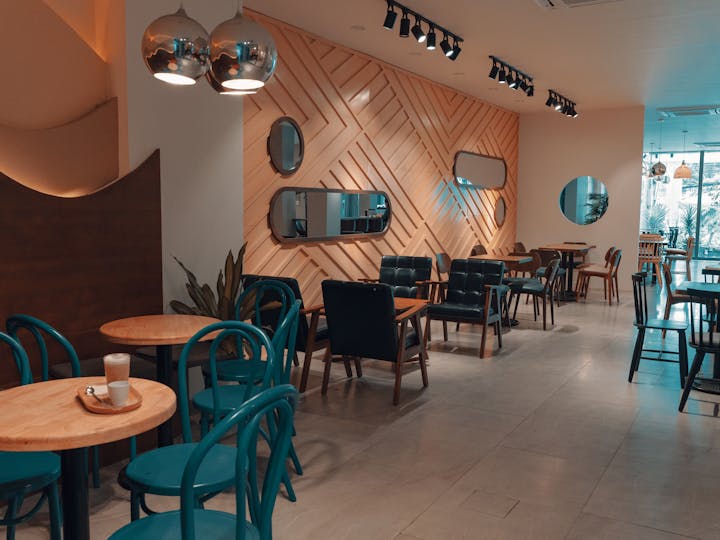When designing furniture that effortlessly combines aesthetic appeal with long-lasting performance, the unsung hero is often what lies beneath the surface—metal legs. These sturdy supports bring a sleek and modern visual to the piece and serve as the foundation that keeps your table balanced, reliable, and resilient over time. Whether furnishing a minimalist home, an industrial loft, or a cozy café, understanding the true value and engineering behind metal table legs is essential to appreciating their role in form and function.
The Role of Structure in Furniture Design
Structural integrity is everything in any piece of furniture. A beautifully crafted wooden tabletop or a polished marble surface becomes useless without a stable base. This is where metal legs stand out. Their ability to hold significant weight without bending or breaking makes them ideal for heavy-use settings. More than just support, they contribute to the table’s longevity, reducing the risk of wobbling, cracking, or collapsing even after years of daily use.
Aesthetic Versatility That Enhances Every Interior
Metal legs offer an impressive range of styles, from slim and angular lines that scream Scandinavian modernism to robust, powder-coated frames that anchor industrial designs. This versatility allows them to blend into virtually any interior setting without sacrificing the integrity of the décor. The reflective qualities of certain metal finishes—like chrome or brushed nickel—can amplify the lighting in a room, while darker, matte finishes can create a sense of groundedness and strength. With many options available, metal legs can serve as a subtle complement or a bold design statement.
Durability That Stands the Test of Time
Metal is built for endurance, unlike wood, which can warp or rot, or plastic, which may crack under pressure. This strength is especially important for pieces like dining tables, workstations, or conference tables, which must remain functional through constant use. Steel, iron, and aluminum are common metals used in leg construction, each offering unique benefits. Steel provides unmatched tensile strength, iron contributes a traditional, heavy-duty feel, and aluminum offers lightweight durability that resists corrosion. No matter the metal, the core benefit remains: reliability over time.
Maintenance and Longevity in Everyday Use
One of the most attractive features of metal legs is how little effort it takes to maintain them. A simple wipe-down with a damp cloth is often all it takes to keep them looking sharp. Unlike wood, they don’t require refinishing; unlike plastic, they won’t discolor or degrade with exposure to sunlight or moisture. This low-maintenance quality makes them especially popular in high-traffic environments, including restaurants, schools, and offices, where appearance and reliability must be maintained with minimal upkeep.
Customization Options for Personalized Style
In today’s design world, personalization is key. Metal legs can be customized in countless ways to suit individual tastes and practical needs. The possibilities are endless, from laser-cut geometric patterns to powder-coated finishes in virtually any color. Homeowners and designers can collaborate with manufacturers to create bespoke pieces that fulfill their functional requirements and align with a specific interior vision. This level of customization is difficult to achieve with other materials, making metal legs the go-to option for those who demand both beauty and precision.
Eco-Conscious Choices in Modern Furniture
With sustainability becoming a major consideration in purchasing decisions, it’s worth noting that metal legs can also be an eco-friendly option. Many types of metal are recyclable, and their long lifespan reduces the need for frequent replacement, thereby cutting down on waste. Opting for furniture with recycled or responsibly sourced metal components contributes to a more sustainable lifestyle while ensuring the piece maintains its durability and visual appeal.
A Foundation Built for Modern Living
Today’s homes and workplaces are evolving, demanding furniture that can keep up with fast-paced, multifunctional lifestyles. Whether it’s a kitchen table that doubles as a home office desk or a communal table in a co-working space, metal legs provide the dependable foundation needed to support changing routines. Their minimalist profile can make a space feel more open, and their strength offers reassurance that the furniture is built to last. It combines beauty and brawn that aligns perfectly with contemporary design demands.
Industrial Inspiration Meets Refined Execution
Industrial design has a raw, honest beauty, and metal legs fit that aesthetic seamlessly. Their no-nonsense structure and unapologetically strong presence can dominate the look or support other key elements like wood, glass, or stone. The contrast between materials highlights the entire piece, creating visual interest and character. This merging of function and artistry is one of the key reasons why metal legs remain a fixture in cutting-edge furniture design.
Beyond the Table: Expanding Use Across Furniture
While tables are the most common application, metal legs are used in various furniture items—from benches and beds to sideboards and shelving units. Their adaptability across different furniture types makes them a versatile design tool for architects and interior stylists. The same principles of strength, style, and durability apply across these uses, expanding the value of metal legs far beyond the dining room or office.
Investing in Design That Lasts
Choosing furniture with metal legs is more than a design decision—it invests in quality and long-term performance. These components support not just your table but your lifestyle, your gatherings, and your daily routines, whether you favor bold statements or quiet elegance, metal legs balance strength, beauty, and functionality in a way few other materials can.
Behind every stylish table is a foundation that blends strength with design—the often-overlooked table legs. These metal supports don’t just hold up a surface; they uphold the entire piece’s function, beauty, and longevity. Their durability, adaptability, and sleek appearance are essential in modern furniture design. As tastes evolve and interiors become more personalized, metal legs offer a dependable and stylish solution that stands the test of time.


